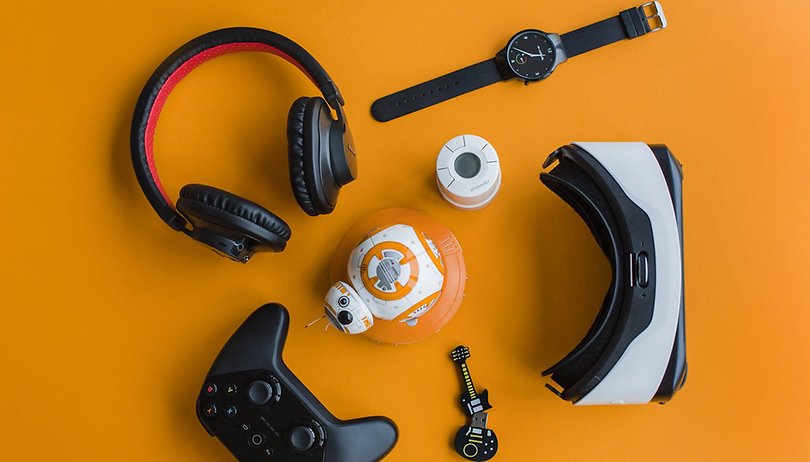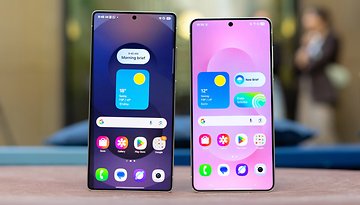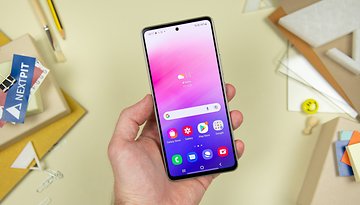Crazy crowd-funded tech to stay away from


The evolution of technology is surprising in many ways and even more so are some gadgets and accessories on the market are the subject of ambitious campaigns on Kickstarter and Indiegogo. The web is full of unusual gadgets, some of them of questionable utility, and in this article I want to show you three from which you should stay well away!
Mojipic: emojis arrive on the road
Mojipic is a curious IndieGoGo project that aims to bring emojis to your car to share your mood on the road. Presented as the world's first smart voice device for emojis, it consists of a small display that can also be seen at night. It uses Siri and Google Assistant to display the emojis and GIFs you want to show on the back of the vehicle.
There are more than 1,500 GIFs and emojis to share, eight pre-installed 8-bit games to entertain passengers on board, the ability to create new emojis, and an app to manage everything from your smartphone. A gadget of doubtful utility that seems to have convinced some people: the team behind Mojipic is currently engaged in the production of the final devices.
Can you imagine driving your car and looking at the emoji of the car in front of you? Personally I find this gadget dangerous because it could distract drivers and even trigger discussions between various motorists, especially when used to communicate moods while driving and as you know, keeping calm when you are trapped in traffic is often not easy!
Unobrush: an extraordinary toothbrush
Even our toothbrushes have become smart and that's nothing new. Unobrush, however, is an extraordinary smart toothbrush with an icicle-like design! The unusual toothbrush shape, combined with 360-degree Wrap technology, is designed to reach 99.9% of the tooth surface on any type of mouth.
What this device focuses on is the ability to clean your teeth in just six seconds. Unobrush comes with an intelligent charging base that uses UV light to remove bacteria from your toothbrush. In this case, we are faced with an accessory that's useful in everyday life even if unusual in design but I must admit that watching the videos and photos on the page dedicated to the campaign on Indiegogo, I find it hard to believe it is convenient to use.
Shower curtain with pockets
This is a simple idea: a plastic shower curtain with different pocket sizes to fit smartphones and tablets. The pockets are placed at different heights, thus meeting users of different ages and heights, and are pointing outward to keep safe the electronic devices with which you can interact in the shower.
An absurd idea, sometimes ingenious, but which will compromise your digital wellbeing. Do you really want to stay connected while you're in the shower? Aren't we going a little too far? Of course, this special tent could be the solution for all parents who can not keep their children at bay during the bath, but for the rest of us, I would advise you to do without it because I'm not so sure that your device will love to be wrapped in the hot fumes of your showers.
Have you found any other crazy gadgets you wouldn't recommend to anyone? Share them with us in the comments section below.













